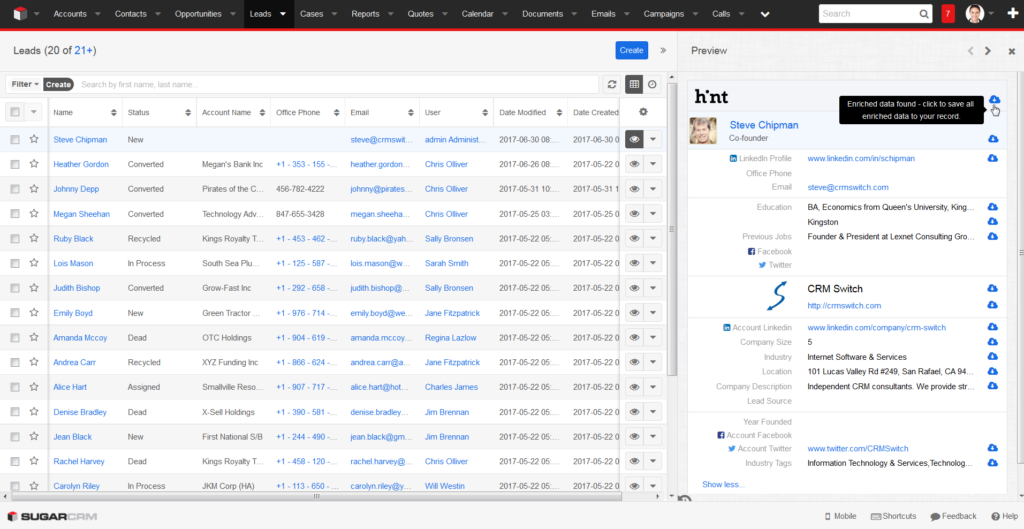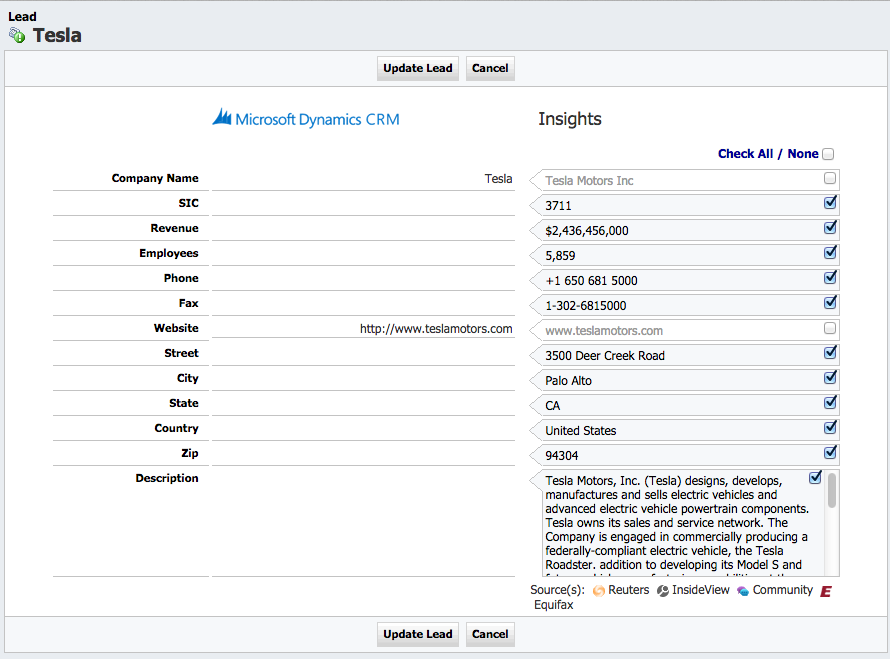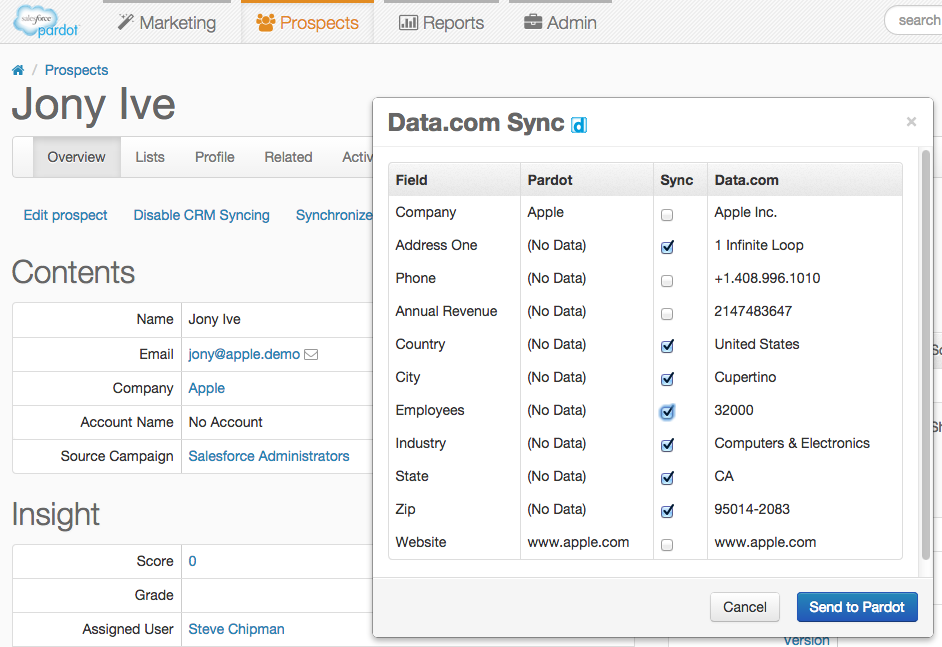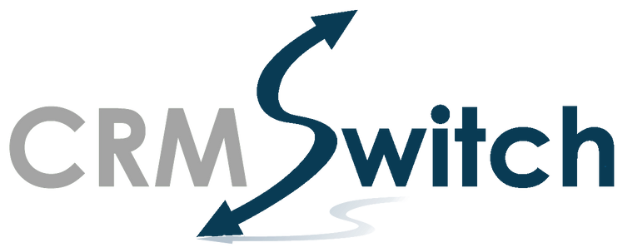There has always been a tradeoff between how much information a website visitor is asked for when they fill in a form and the likelihood of the site visitor submitting the form or “converting,” in marketing speak.
The fewer fields a site visitor is asked to fill, the higher the visitor-to-lead conversion rate.
B2B Lead enrichment adds information to an existing lead, such as the person’s location, job title, etc. This process can help qualify leads, personalize outreach, route leads to the appropriate sales reps, and save time by automating manual tasks.
Valuable data includes firmographics (company name, revenue, industry), contact (full name, job title), and behavioral data (past activities, intent data).
Enriching leads with relevant and accurate information enables salespeople to qualify leads and personalize their outreach efforts. With enriched data, marketers can avoid using outdated or incorrect information that may result in ineffective targeting or wasted resources.
So, how can you ask visitors for less information on your landing pages and other places where your forms live — and then make up for more scant visitor-supplied data after the fact? For that matter, how can you enrich leads regardless of the source?
One way is to enrich leads after the fact using a product category known as “sales intelligence.” Two popular brands in this category are Apollo and CUFinder.
Generally speaking, sales or relationship intelligence applications automatically scour the internet for information about people and companies from thousands of data sources and build their internal databases.
Some sales intelligence companies use human reviewers to make the information even more accurate. DiscoverOrg says on its website that its datasets “contain human-verified data by our team of 250+ researchers.”
Sales intelligence systems can integrate with both CRM systems and marketing automation systems.
CRM or marketing users can enrich lead records with an integrated sales intelligence system with only point-and-click.
Users can visually select the data elements they want from the sales intelligence database through a stare and compare screen.
CRM Vendor Lead Enrichment
CRM vendors such as SugarCRM, with its Hint product, provide built-in data enrichment.
Hint introduces a sidebar that shows discovered information from data sources. Users can click a button to “save all enriched data” to a Lead record.

Here’s the “stare and compare” view of InsideView integrated with Microsoft Dynamics CRM. In this case, the MS CRM lead record is directly updated from InsideView data. The stare and compare window for updating a Salesforce lead record is almost identical.

Here is the stare and compare view of Data.com within Pardot. The Pardot prospect record is updated. This can, in turn, update the associated Salesforce record.

On the Fly CRM Lead Enrichment
Another option for enriching leads is to occur automatically during web form submission or data import. With the right hooks, from a CRM or marketing automation system to a sales intelligence system, lead enrichment can occur on the fly with no manual intervention. InsideView has several APIs, including an Enrich API.
One issue with fully automating lead enrichment is that the sales intelligence systems are not 100% accurate. Also, web visitors may abbreviate their company’s name to save time on form submission, in which case a match may not occur automatically — or a false positive match may occur. A layer of administrative intervention should be considered.
CRM Lead Enrichment Accuracy
In general, limiting factors to sales intelligence application accuracy are:
- Not all information about all companies and people is available on the internet
- People move from company to company
- Companies sometimes change locations
- Companies merge and are acquired
- Company names are sometimes spelled differently by different services
However, as long as the expectation is that the data from these systems is not perfect, users should be generally satisfied with what will be a higher level of essential information.
Other Applications for Sales Intelligence
Lead enrichment is only one application for this type of tool.
Sales intelligence applications can also be used to enrich Accounts and Contacts. These systems can discover and load additional contacts from within a target organization. Sales intelligence can determine a CRM user’s LinkedIn connections to contacts within an organization.





